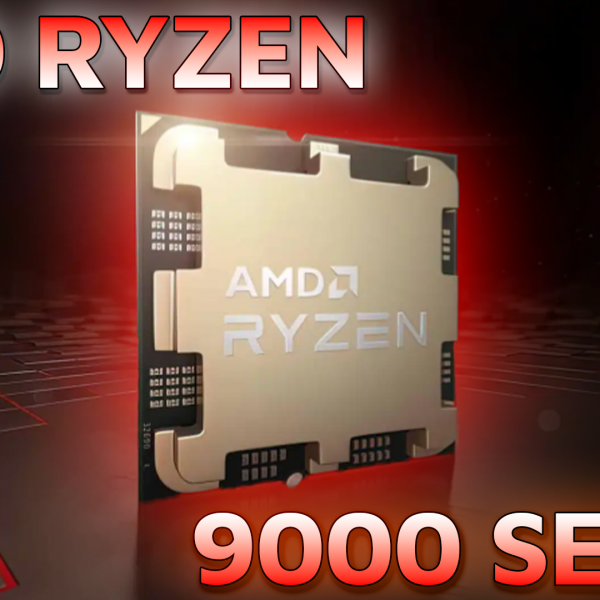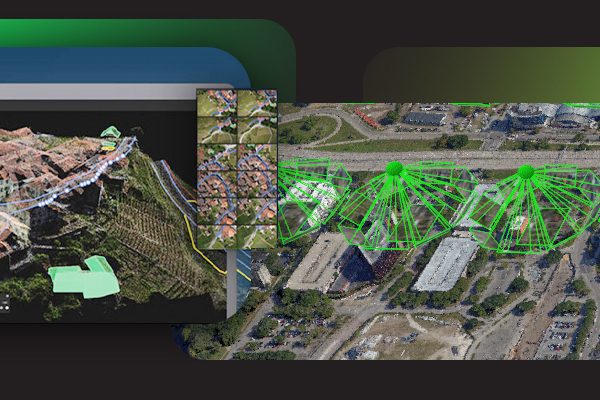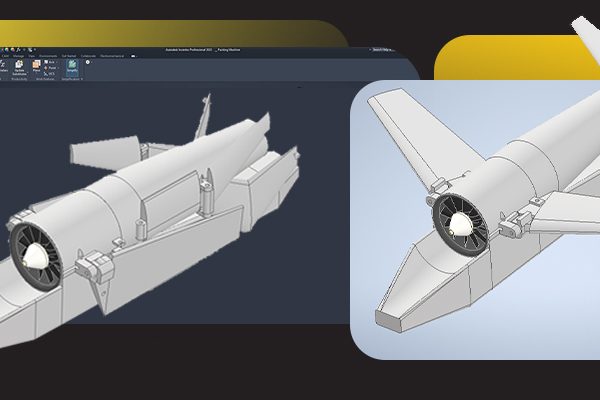A high-end PC is no longer “just a PC.”
In power terms, it behaves like a mid-range household appliance. Once you look at the numbers, the picture becomes simple and predictable. This is the only lens that makes sense when you’re talking about a 5090-class GPU, a top-tier processor, and multi-hour daily usage.

The Power Draw People Underestimate
Start with the common comparison: What consumes more power, a processor or a ceiling fan? A ceiling fan is steady, boring, predictable. Your CPU and GPU are not. They scale based on workload, temperature, and how much you push them.

A RTX 5090 paired with a Ryzen 9950X3D will routinely pull 650–750 W under meaningful load. That number matters because it puts the PC in the same category as a 1-ton inverter AC, which averages around 800 W when running efficiently.
So when someone asks which consumes more, the answer isn’t the processor or the fan. It’s the system as a whole, under load, that matters. And that system is an appliance now.
Heavy titles like DOOM push this combo near 750 W. If you game at that load for three hours daily, the cost lands near ₹600 per month. The math is linear:
- Average draw ~700 W
- Electricity rate ~₹9.5/kWh
- Hours played per month ~90
- Total cost ≈ ₹600
Nothing dramatic. Just physics and billing.
Renders Don’t Hit Your Wallet the Same Way

People panic more about Premiere Pro than gaming. That’s misplaced. A 20-minute Premiere Pro export on an i9-14900K with a high-end GPU usually sits between 200–600 W, depending on effects and hardware acceleration.
At Hyderabad’s tariff, a single 20-minute render costs about ₹1.5.
Daily one-render workflow: ₹18–₹57/month. That’s roughly what you’d spend to run a ceiling fan for 3–5 hours, or a 55″ LED TV for 2–3 hours.
The spike happens only with volume. If you export 10 projects a day, the system burns 2–6 kWh daily, which shows up as ₹570–₹1,700/month. That’s when you start entering small-appliance territory — the level where the bill begins to reflect your career, not your PC.
Note: the prices taken are with the rates of september-october 2025
What Actually Drives the Cost

- Sustained load.
- Long usage hours
- High-draw components operating at full tilt.
- Gaming on a 5090 + 9950X3D Holds 650–750 W continuously when the game is demanding. Three hours a day turns into ₹600/month. The duration is what creates the bill, not the peak number.
- Multiple daily renders A single 20-minute export costs ₹1.5. Ten exports a day push the workstation into 2–6 kWh daily consumption. That becomes ₹570–₹1,700/month. Volume is the cost multiplier.
- Daily high-intensity workloads Anything that keeps both CPU and GPU pegged — 3D, VFX, simulations, AI workloads — behaves like running a mid-range household appliance for hours. The watt-hours accumulate. The electricity bill reflects that.
- Heat-heavy sessions As temperatures climb, power draw rises. Fans ramp. Pumps ramp. Efficiency drops. Long sessions in a warm room cost more than short bursts in a controlled setup.
Does not drive the cost
- Short bursts.
- Low-duty cycles.
- Tasks that don’t hold the hardware under pressure.
- Single daily render ~₹18–₹57/month depending on complexity. The cost is negligible unless scaled.
- Idle time or light browsing Most high-end PCs idle at 60–100 W. That’s cheaper than running a ceiling fan.
- Short gaming sessions Fifteen minutes of DOOM at 700 W is inconsequential. The meter barely registers it because watt-hours stay low.
- Hardware capability itself Owning a 5090 doesn’t cost anything. Only using it at load does. Peak wattage in spec sheets is irrelevant unless held long enough to matter.
- Occasional exports or play sessions Irregular workloads don’t build a pattern. Billing follows patterns, not isolated events.
The Real Picture

Your PC is an appliance, a powerful one and a predictable one.
Under load, it sits in the same consumption class as ACs, heaters, microwaves, or induction cooktops, not because the PC is inefficient, but because modern hardware is dense, fast, and built to sustain heavy compute.
When you treat it like an appliance, the budgeting becomes clean.
- Count the hours.
- Multiply the wattage.
- Read your rate.
The bill will match the math every time.
Final Take
Gaming hits the bill more than editing. Editing becomes expensive only when repeated heavily. And a 5090/9950X3D setup, if used daily at full tilt, will show its presence on the electricity meter the same way an AC or large TV would. The key factor is not power spikes. The key factor is how long you hold those spikes.
That’s the truth hidden behind every electricity bill involving a high-end workstation.






